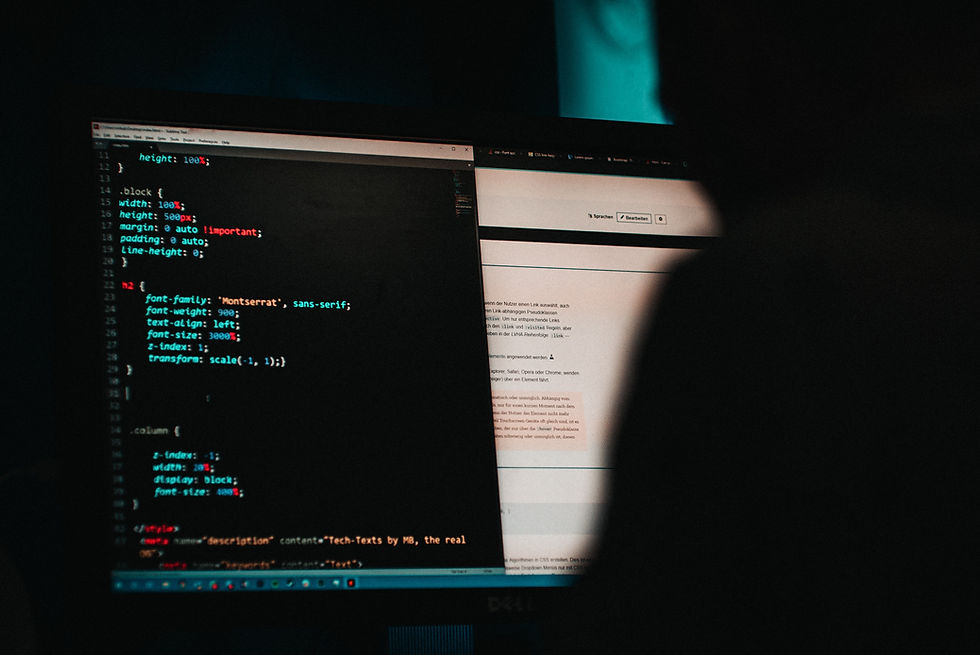

The Real-World Risks Behind the Next.js CVE‑2025‑29927 Vulnerability
When we talk about vulnerabilities in our favorite frameworks, the conversation often gets lost in technical details and patch notes. But if you stop and think for a moment—what does it really mean when a widely adopted tool like Next.js has a critical flaw? Recently, an incident involving a middleware bypass (CVE‑2025‑29927) has once again underscored the fact that even the best frameworks have weak spots.

Deepanjan Paul
Apr 113 min read




Comments